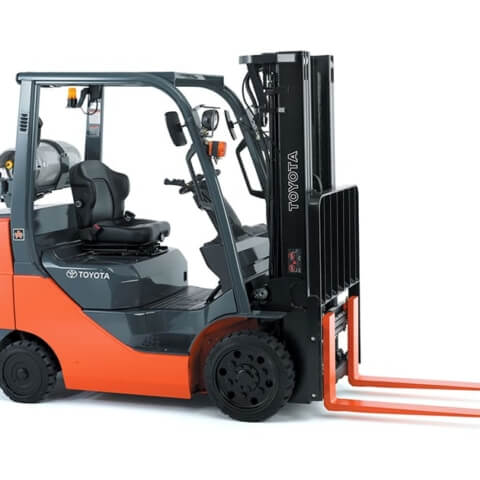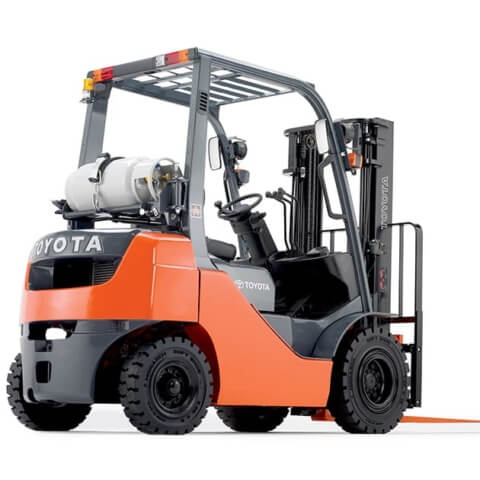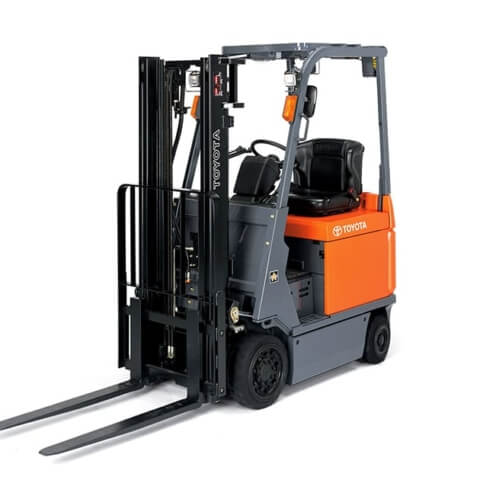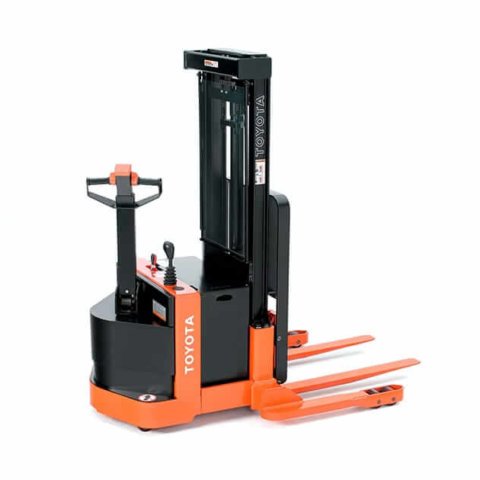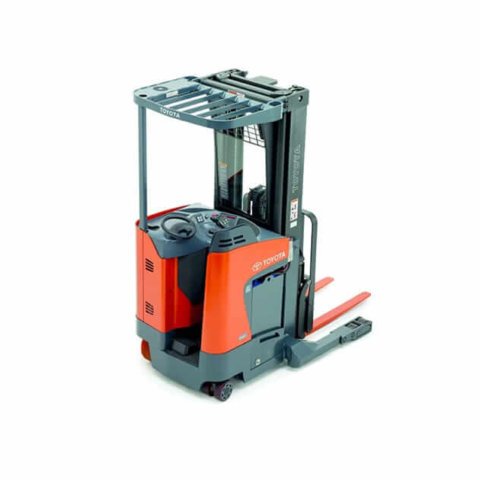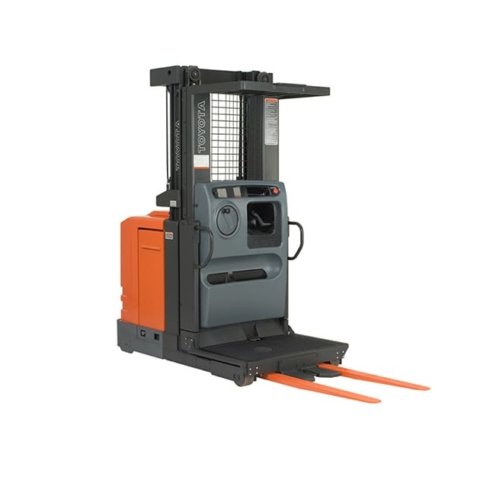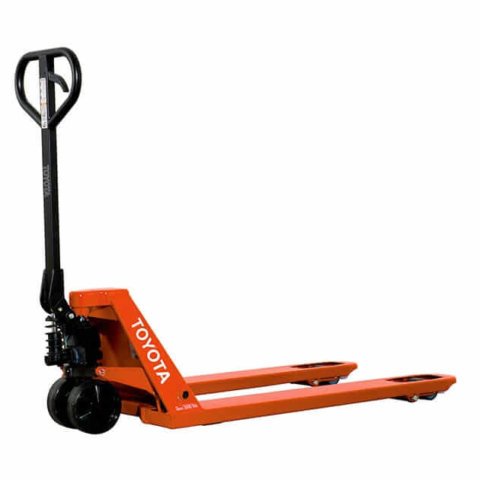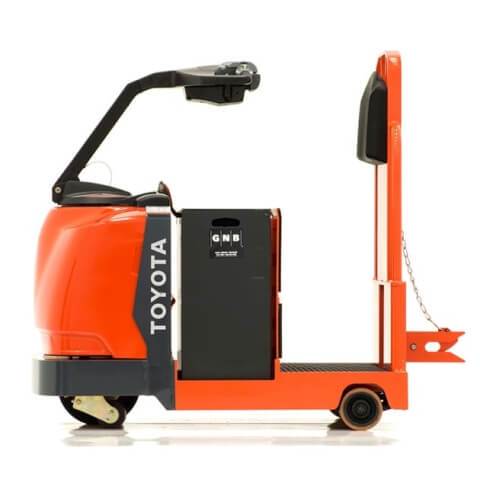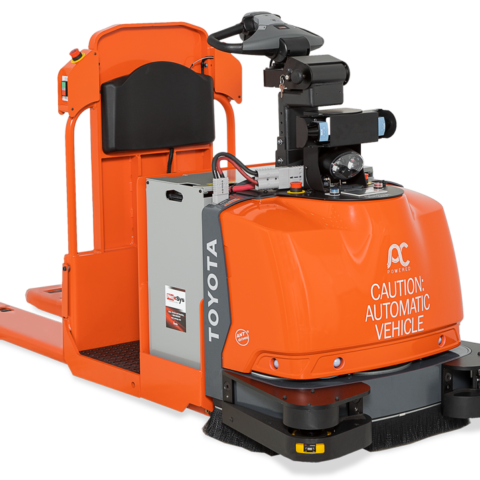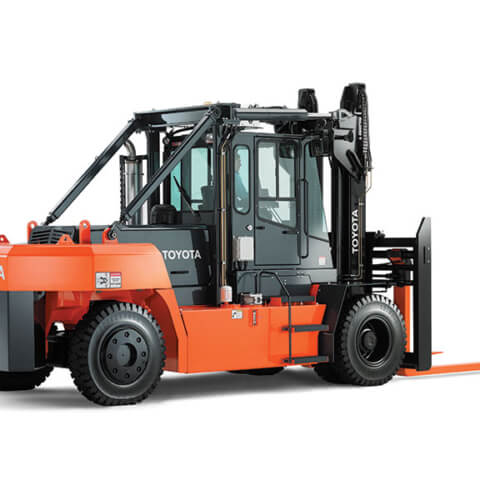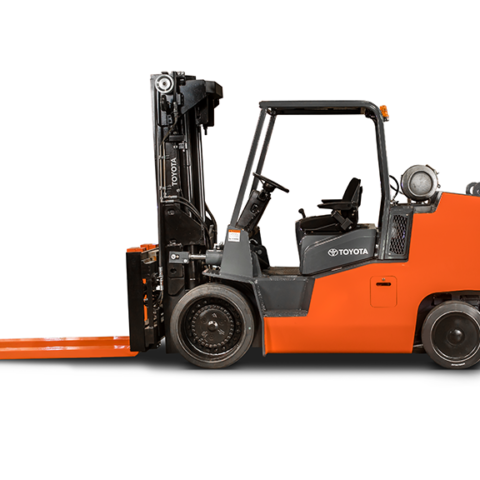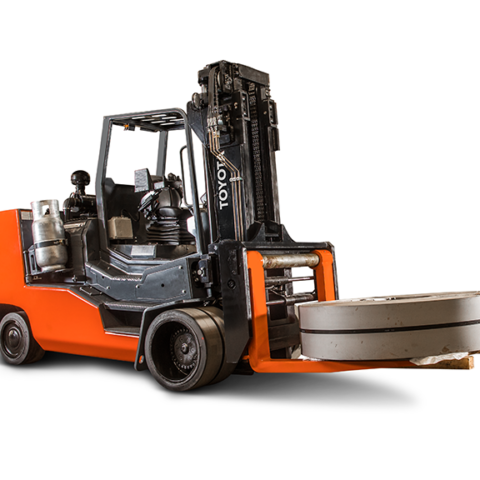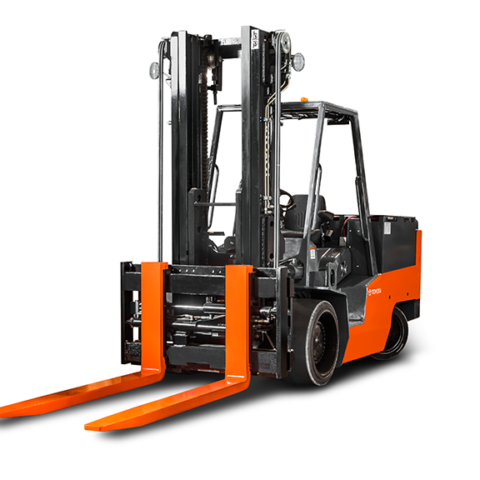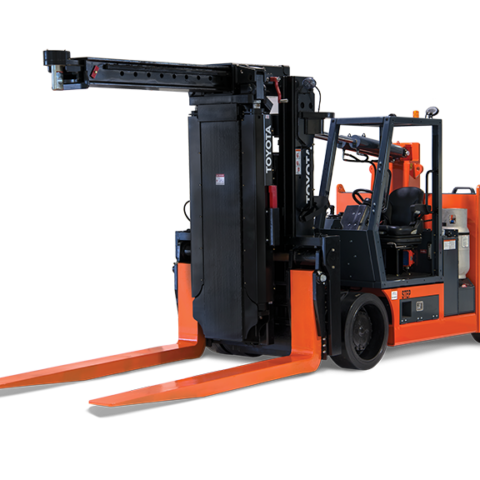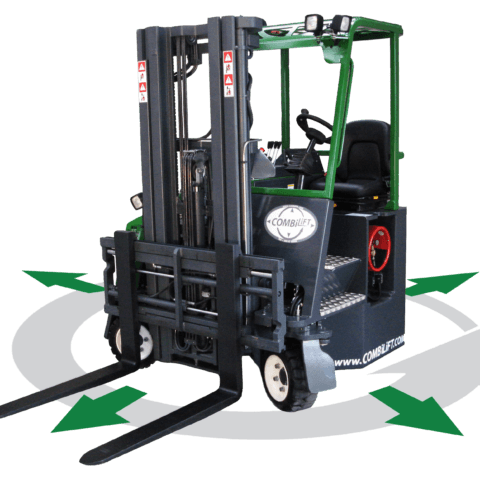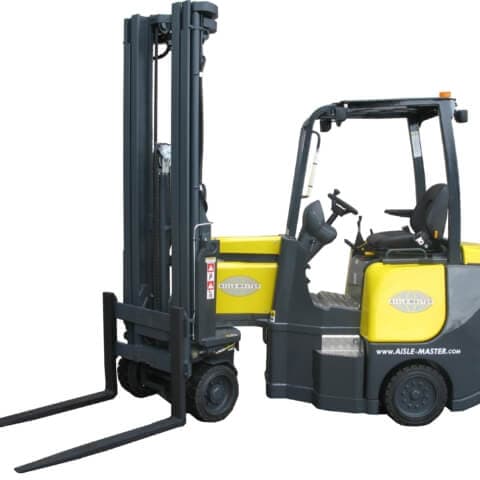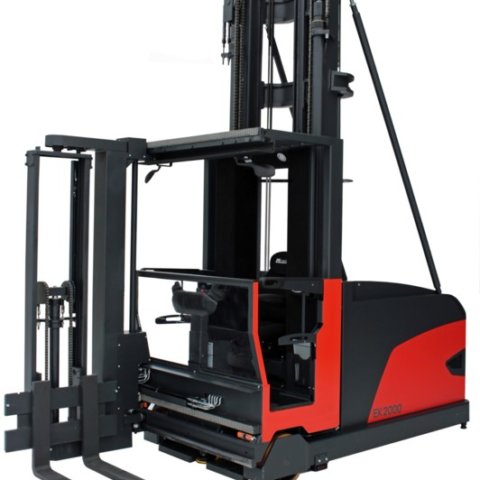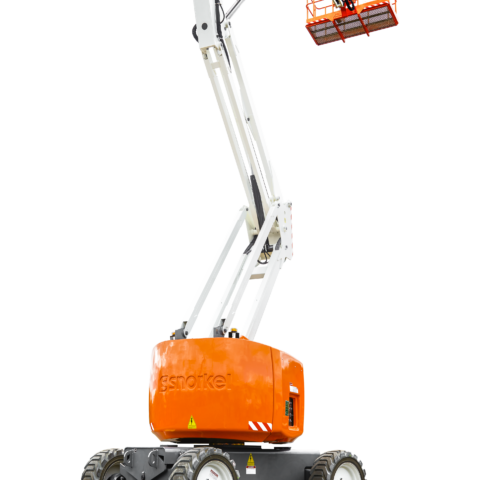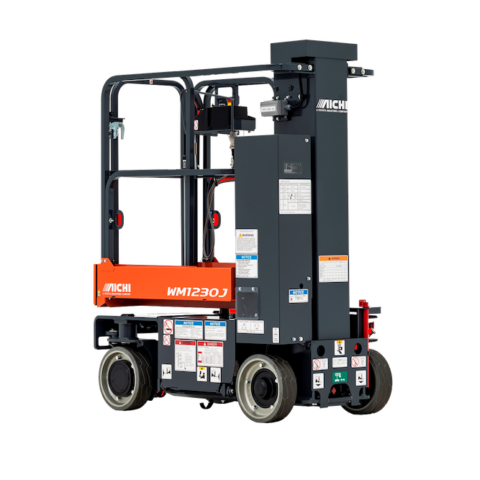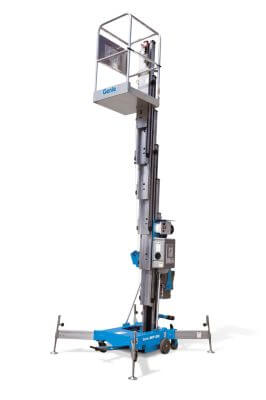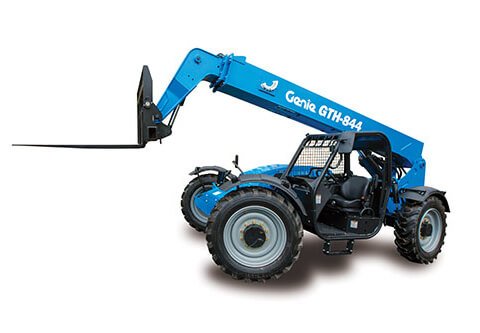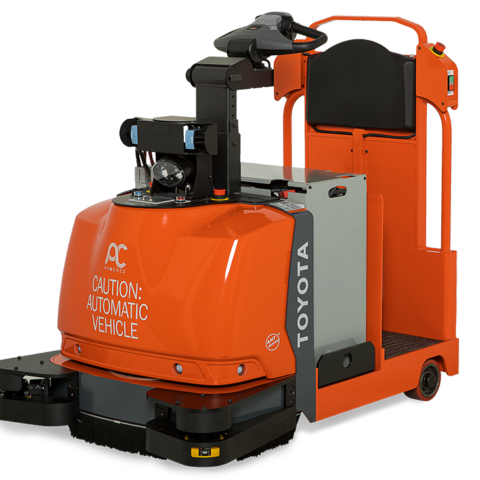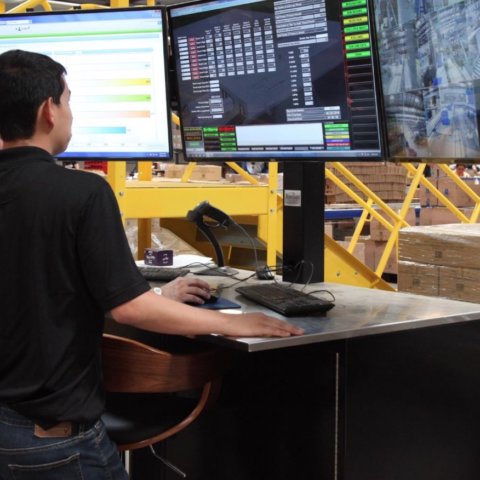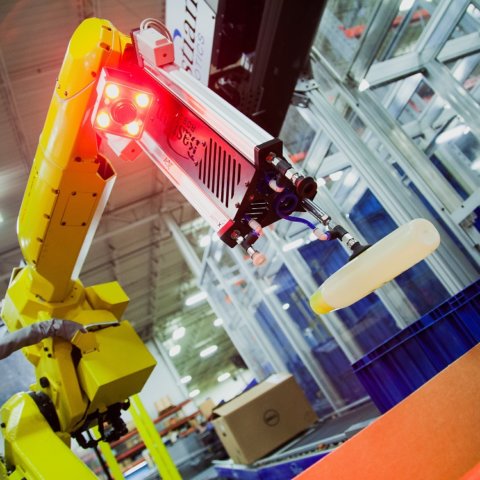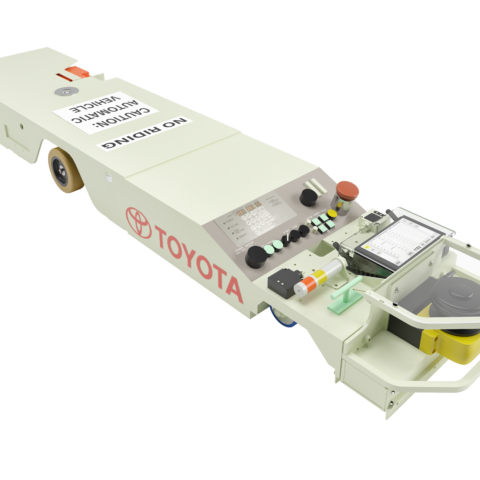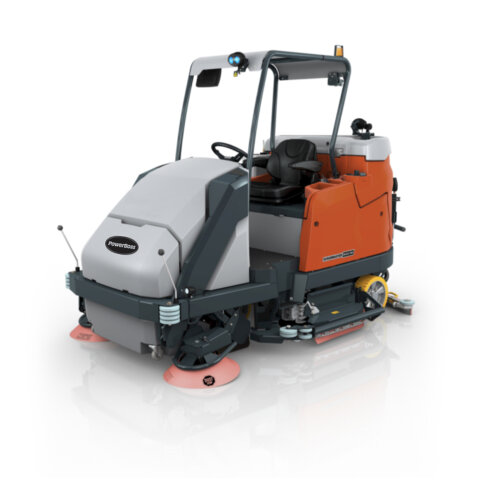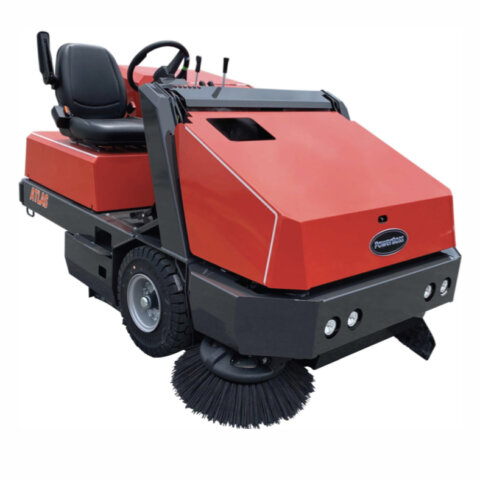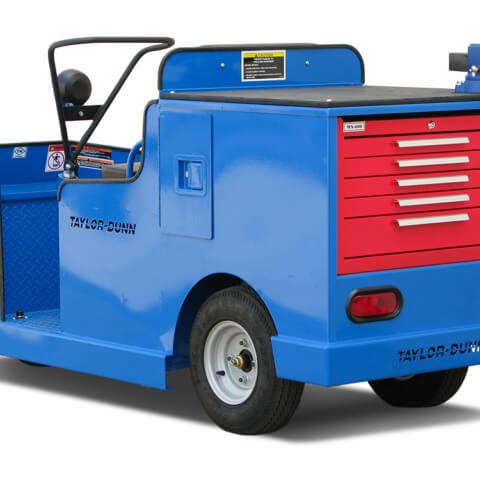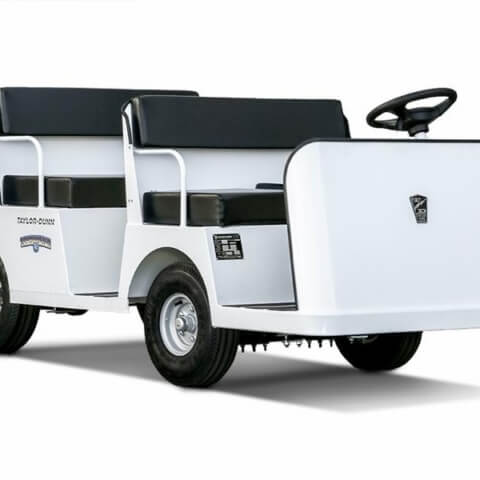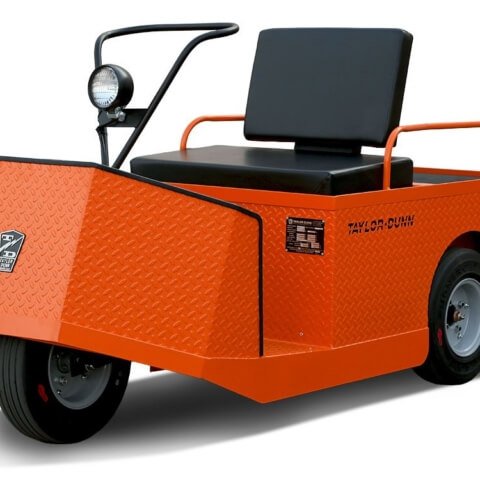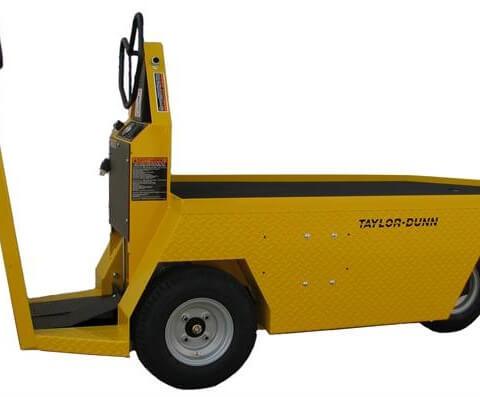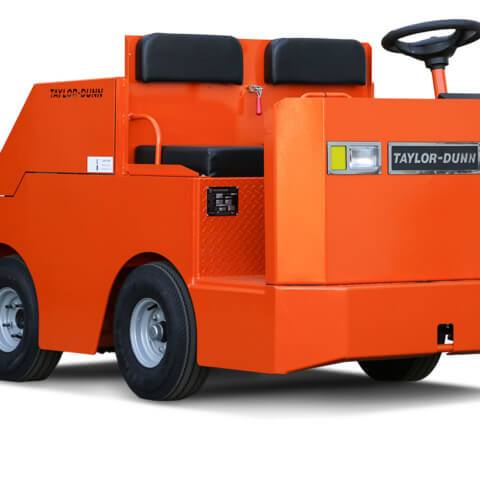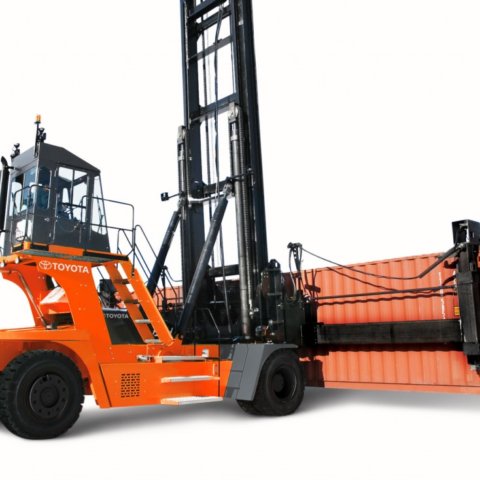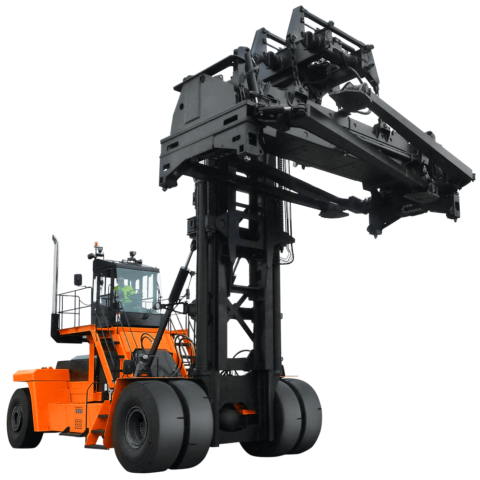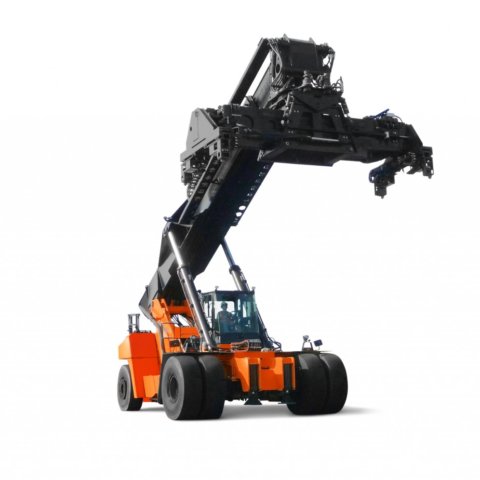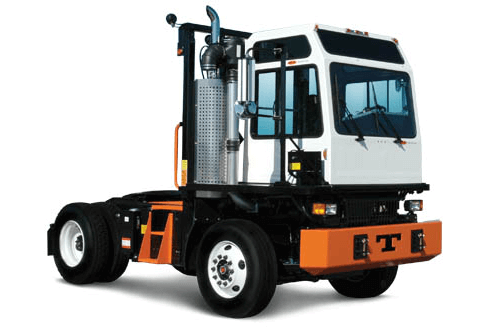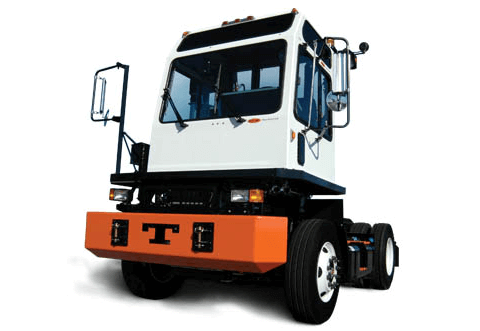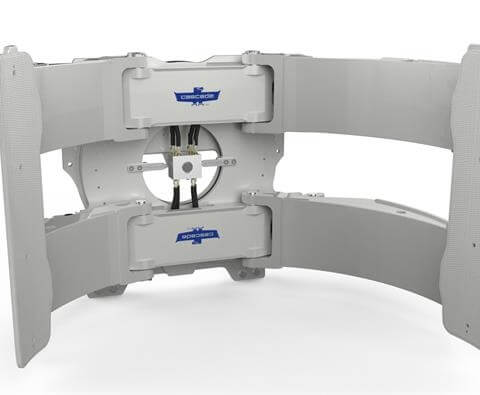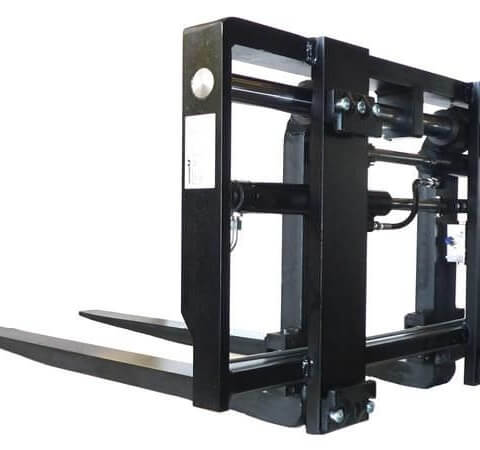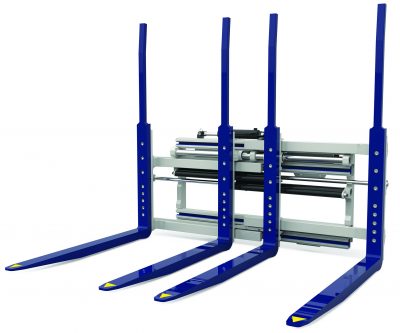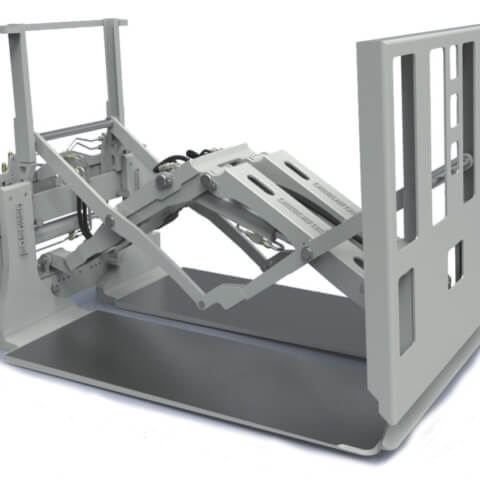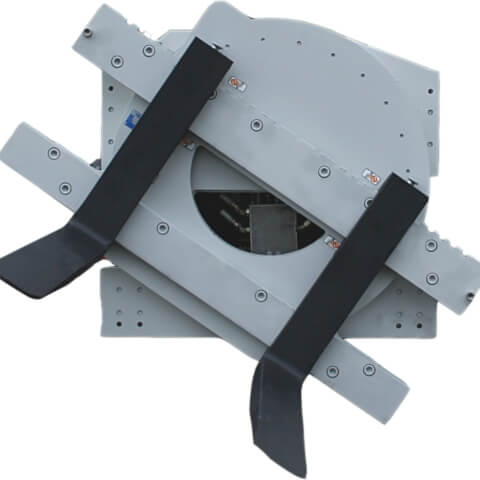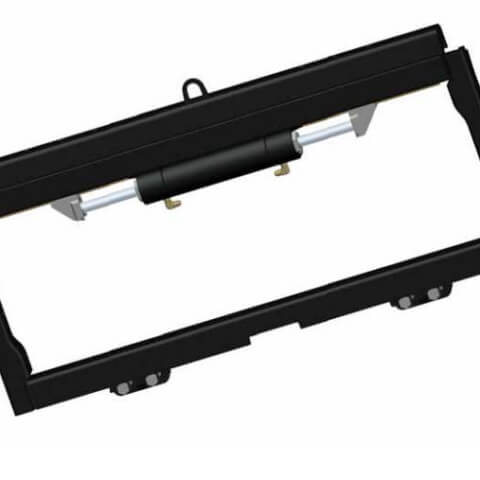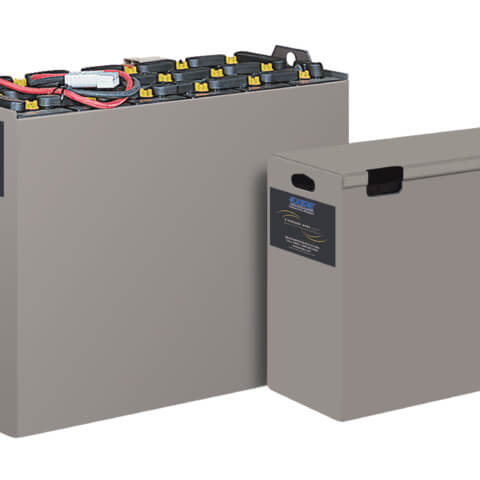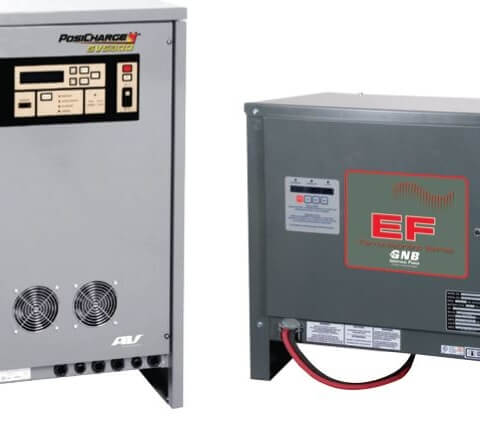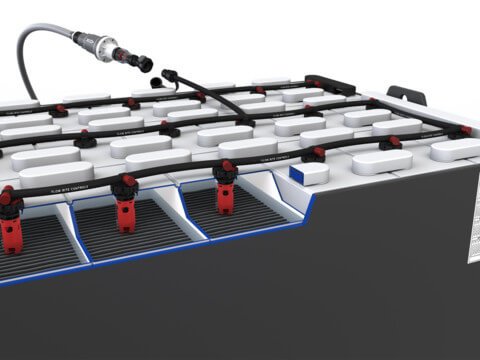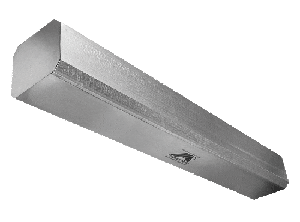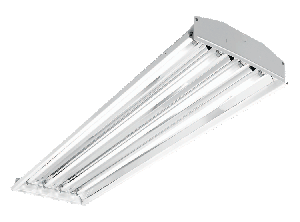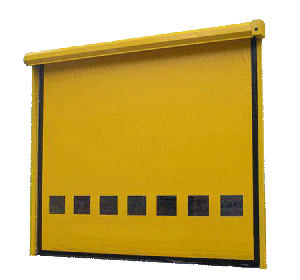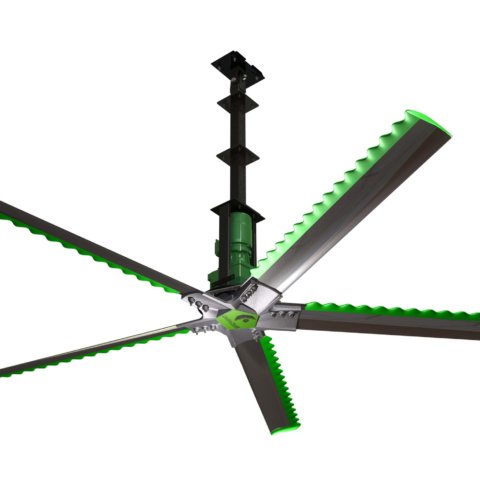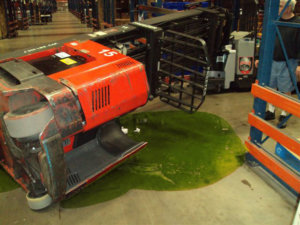
Forklift operator training classes review the load capacities and limitations of the equipment. Contact ProLift to schedule training for your operators or in-house trainer. SCHEDULE TRAINING
Some might say, “If the rear tires of the forklift are on the ground, it can handle the load you are attempting to pick up.” However, this statement is proven untrue with every tip-over. Understanding the basic design of a counterbalance forklift will help increase operator safety.
80/20 Forklift Design
Regardless of the forklift manufacturer, counterbalance forklifts, when loaded, are designed to carry a maximum capacity of 80% of the combined weight of the forklift and its load on the front axle. A standard 5,000 lb. forklift weighs 9,000 lb. That forklift loaded to capacity will weigh 14,000 lb.
The 80/20 design says the front axle will be carrying approximately 11,200 lbs. and the rear axle will carry 2,800 lbs. To put it in perspective, the weight of a small car such as a Toyota Prius is riding on the back axle of the forklift.
A counterbalance forklift operates on the same leverage as a seesaw. If a big kid and little kid get on a seesaw, the big kid will control the seesaw. If the big kid is a forklift and the little kid is a load, the “big kid” should always have control of the load. Unlike a seesaw, a forklift moves, lifts and places loads on a multitude of different operating surfaces. A forklift needs significant additional weight on the “big kid” side to keep it grounded when an operator elevates a load. The lifted load also adds tip-over momentum when the operator hits his brakes to position the load.
Unsafe Forklift Operator Practices
Unfortunately, operators have added weight to a forklift by asking a co-worker to ride on the backside, but in order to achieve the 20% counterweight; at least 10 operators would be needed. In addition to not increasing stability of the forklift, the operator is breaking OSHA federal workplace law and risking a co-worker’s life.
If a forklift does not have 20% of the overall weight of forklift and load on the rear axle, the unit can tip-over. The weight is also needed to steer the forklift on wet or compromised surfaces, creating enough tire to surface contact area and tension to redirect the weight of a forklift and the load in a new direction.
Keep your operators safe by creating awareness of the 80/20 design and dispel the overloading myth. Contact ProLift to learn more about forklift tip-overs, 80/20 design and operator safety training. We offer training programs for operators and trainers of forklifts, aerial work platforms, skid steers.
Contact Safety Specialist
